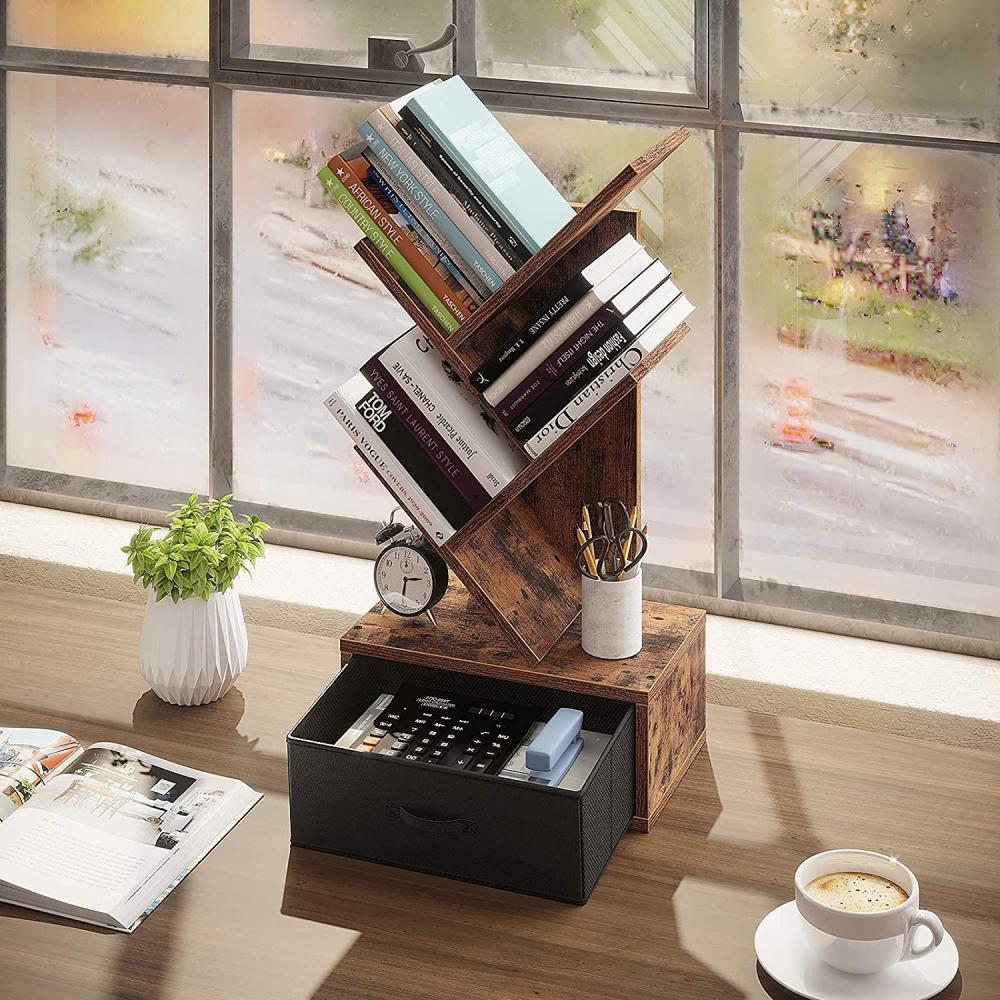Modern printing technology started with the first complete printing system designed by John Gutenberg, which has a history of more than 500 years. During this period, there are three changes that can be called epoch-making technological progress.
The first change began in the middle of the eighteenth century. Due to the application of photographic technology, the exposed plates formed different parts with different shades, which carried thin and thick inks, and realized a continuous change of monochrome similar to the tone of the photo effect. Image printing. This printing effect greatly promoted the prosperity of the advertising industry at that time, spawned periodical media, and played an important role in promoting the development of technology and commerce.
The second change began in the early twentieth century. With the help of the development of optical and chemical technology, the photo-separation technology created a color print production process and realized the printing and reproduction of full-color images; computer technology and laser technology in the seventies The electrical extension was achieved in the 1980s, so that the printing industry can use analog circuits and subsequent digital circuits to control color separation printing.
The third change is the research and application of high-fidelity color printing technology that began at the end of the twentieth century, completely breaking through the limitation of the conventional four-color printing color gamut, and making the printing color effect closer to the visual effect of natural spectrum colors, which mainly benefits For the popularization of high-speed large-capacity computers and theoretical research and technical application of colorimetry.
High-fidelity color printing technology is a research content that emerged in the mid-1990s. Some well-known international companies, such as HEIDELBERG, AGFA, DUPONT, PANTONE and other companies, as well as China's Peking University Founder Group, have released their own high-fidelity printing samples since 1995.
The use of high-fidelity color printing technology as a production specification means that the color space of printing and copying colors is controlled by the visual effect of natural spectral colors. Its innovative color separation technology can greatly exceed the traditional four-color printing color space. , So as to truly achieve the highest color expression in the printing field. Due to the birth of CTP technology, high-definition printing can be achieved under the condition that the printing equipment and materials are basically unchanged, so that the clarity and continuity of tone of the printed matter are greatly improved, and the visual clarity and fineness of the printed image are also Have been greatly improved.
The research and application of high-fidelity color printing technology is a technological revolution in the printing field, which has promoted a substantial improvement in printing quality. In the printing industry, it also triggered a series of changes in the concept of personnel, applied technical specifications, quality standards, etc. The result is that the comprehensive strength of the printing enterprise has jumped to a new level. The picture below shows the composition of high-fidelity six-color prints and plates.
If Gutenberg designed the first complete printing system-movable typesetting and various basic forms of printing technology, called the first-generation printing technology, its characteristic is that it can only print text and lines of a single color. In this sense, quite a long time after the beginning of modern printing technology, it is still in the period of the first generation of printing technology.
In the mid-eighteenth century, photographic technology was introduced into the printing plate-making process, and the continuity of gradation of printed images became the main content of technological progress, and the printing technology it represented was called the second generation. At the beginning of the twentieth century, photographic color separation technology entered the printing platemaking process, the color separation and screening technology necessary for printing full-color images. The printing technology it represented was the third generation, and the modern printing period began. At the end of the twentieth century, color separation technology has undergone revolutionary changes. High-fidelity color printing technology has begun to enter printing production applications. High-definition screening technology and equipment have also shown their functions in printing companies. Marked by printing and reproducing images to achieve high definition and high fidelity, the printing industry began the fourth generation of printing technology.
Printing technology has improved without stopping. The new functions and new quality of printed materials enable printed users and printing enterprises to obtain more economic and social benefits. In today's fierce market competition, users and service providers achieve a win-win situation is the benign market model.
A bookcase, or bookshelf, is a piece of furniture with horizontal shelves, often in a cabinet, used to store books or other printed materials. Bookcases are used in private homes, public and university libraries, offices and bookstores. Bookcases range from small, low models the height of a table to high models reaching up to ceiling height. Shelves may be fixed or adjustable to different positions in the case. In rooms entirely devoted to the storage of books, such as libraries, they may be permanently fixed to the walls and/or floor.

A bookcase may be fitted with glass doors that can be closed to protect the books from dust or moisture. Bookcase doors are almost always glazed with glass, so as to allow the spines of the books to be read. Especially valuable rare books may be kept in locked cases with wooden or glazed doors. A small bookshelf may also stand on some other piece of furniture such as a desk or chest. Larger books are more likely to be kept in horizontal piles and very large books flat on wide shelves or on coffee tables.
Storage Bookcase,Solid Wood Bookcase,Rustic Bookcase,Wood Bookcase,Wooden Storage Bookcase,Wood Storage Bookcase
Jinan Tri-Tiger Technology Development Co., Ltd , https://www.tigerwoodproduct.com